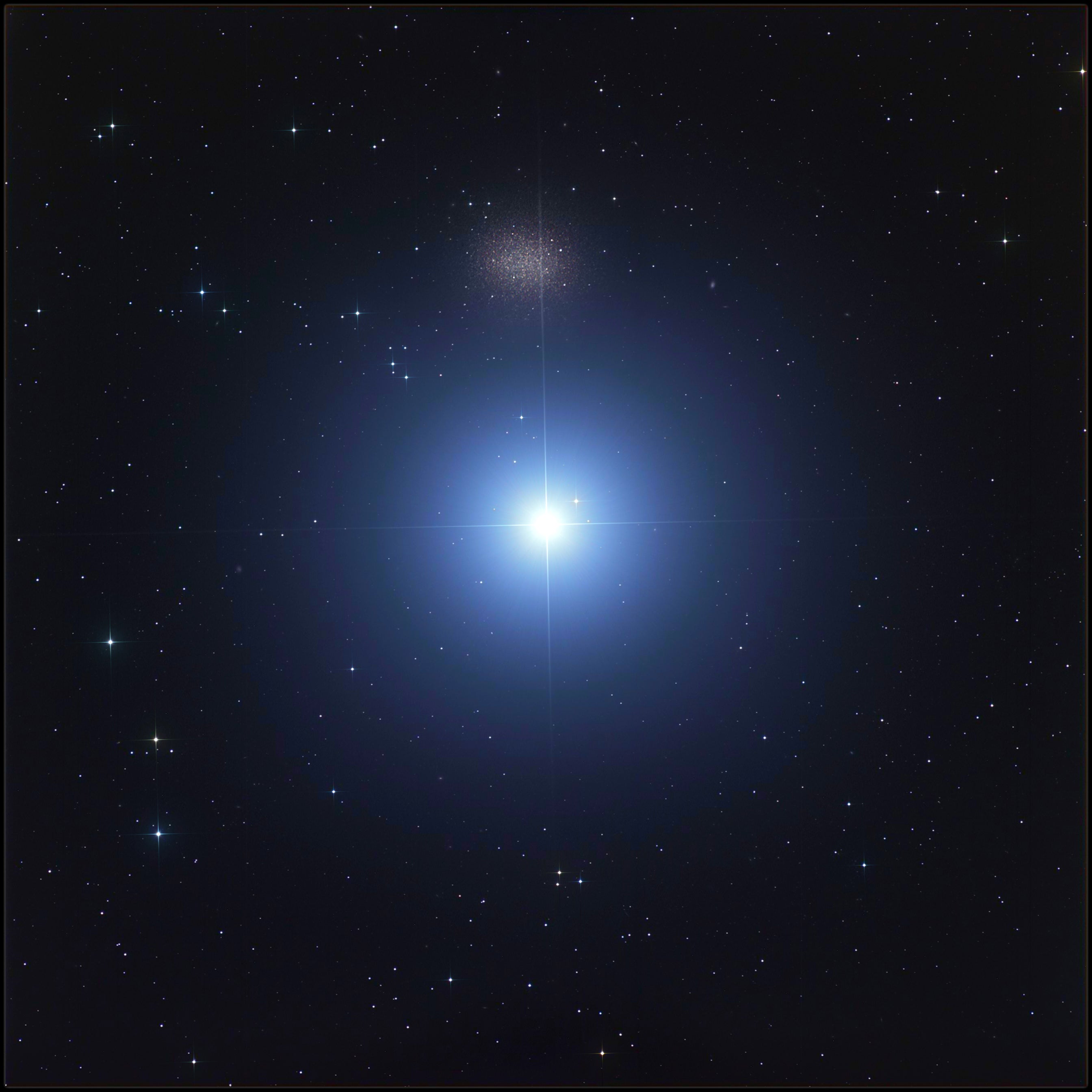
As you might guess, Leo I lies in the constellation Leo the Lion. This deep-sky target is also known as UGC 5470, PGC 29488, and the Regulus Dwarf. It’s an example of a dwarf spheroidal galaxy. Such objects are faint, have little dust, and are not forming new stars. The vast majority are satellites orbiting larger galaxies. More than 30 of the 59 satellites (any galaxy within 1.4 million light-years) of the Milky Way are dwarf spheroidal galaxies.
Leo I lies some 830,000 light-years away, which makes it the Milky Way’s fourth most distant satellite. It has a diameter on the order of 2,000 light-years and a mass of roughly 25 million Suns. American astronomer Albert George Wilson discovered it in 1950 while examining a photographic plate taken by the 48-inch Schmidt camera at Palomar Observatory.
Astronomers think Leo I may be the youngest of the Milky Way’s dwarf spheroidals. Most of its stars seem to have formed between 2 billion and 6 billion years ago. And no stars have formed in the past billion years because around that time, Leo I made a close approach to the Milky Way, which may have stripped away all the remaining gas available for star formation.
Leo I is easy to find but difficult to observe. It lies 20′ north of Regulus (Alpha [α] Leonis). Unfortunately, the glare from that magnitude 1.3 star can hide Leo I, whose magnitude is 11.2. And it appears even dimmer because its light is spread over an area measuring 10′ by 7′. To increase your chances of spotting it, place Regulus just outside of your eyepiece’s field of view to the south. Try a variety of magnifications and tap the scope’s tube gently. Look for a faint glow moving slightly back and forth.









